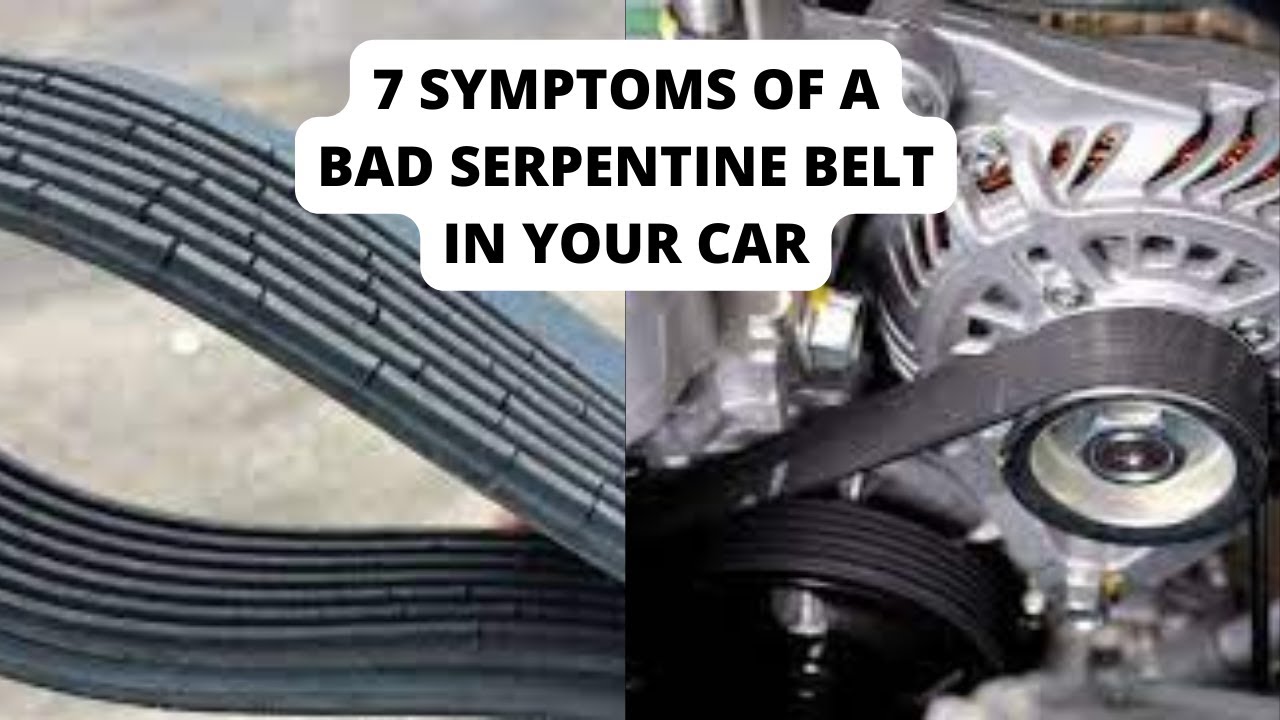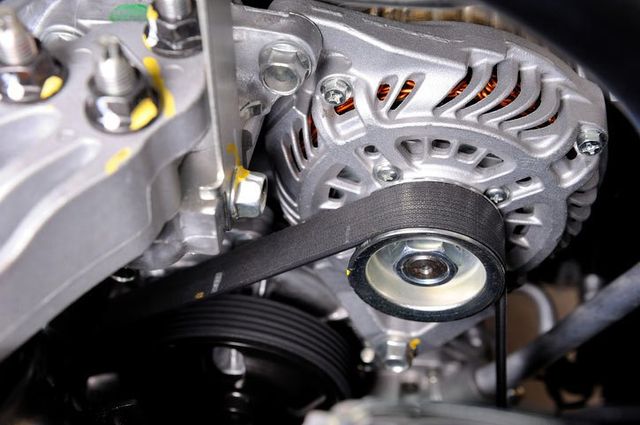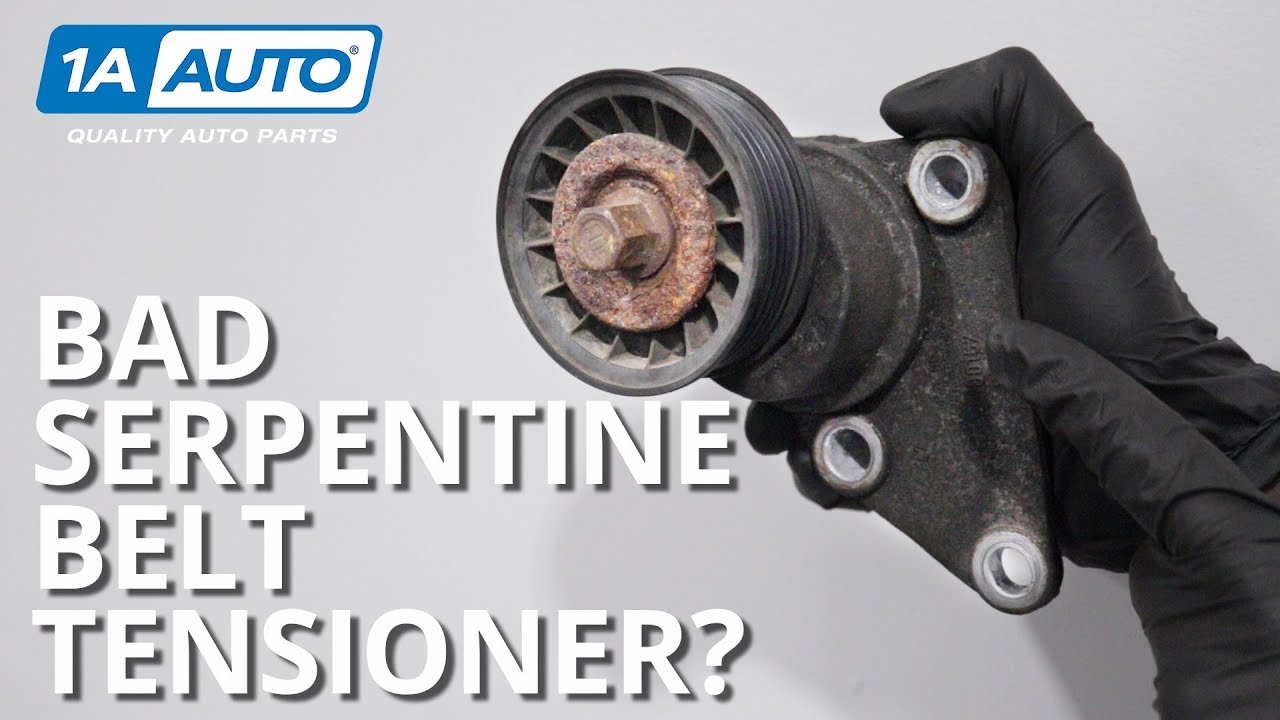What Problems Can a Loose Serpentine Belt Cause
A loose serpentine belt can lead to vehicle accessory malfunctions and engine overheating. It compromises the function of the alternator, power steering, and air conditioning.
The serpentine belt plays a vital role in the overall functionality of your vehicle by providing the necessary traction to operate various engine accessories. Regular wear and tear or improper tension can result in a loose belt, which is an issue you should not overlook.
This crucial component ensures that the alternator generates enough power to keep the battery charged and supports the smooth operation of the power steering and air conditioning systems. Ignoring symptoms like squealing noises, visible belt wear, or system performance issues can quickly escalate into significant mechanical problems, such as battery failure or loss of steering assistance. To maintain the reliability of your vehicle and avoid costly repairs, it’s essential to monitor the condition of your serpentine belt and address any looseness promptly.
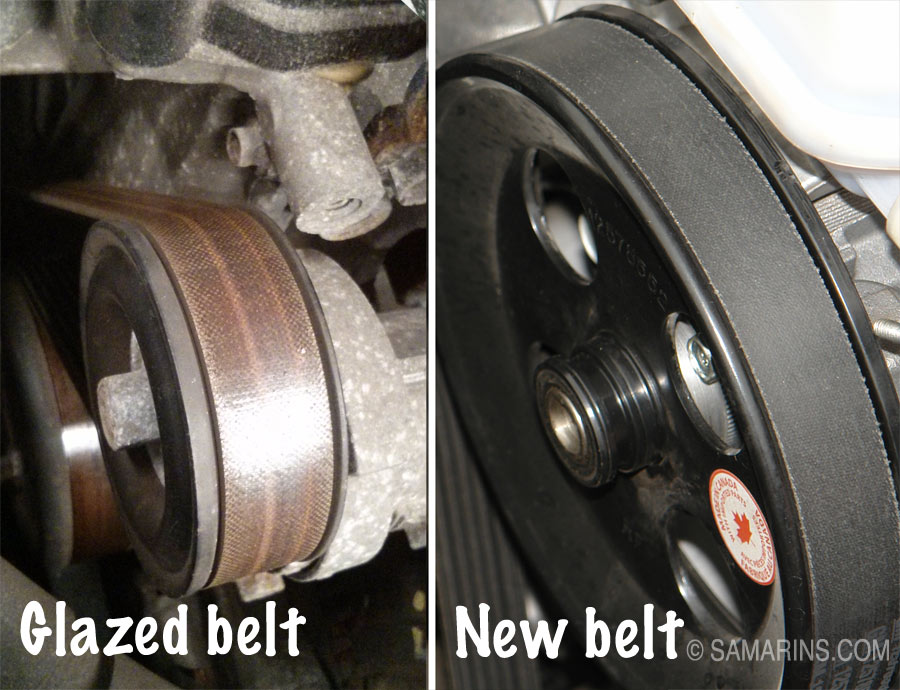
Credit: www.samarins.com
Early Symptoms Of A Loose Serpentine Belt
The serpentine belt is a vital component of your vehicle’s engine. It connects various accessories to the engine’s crankshaft, generating power for systems like the alternator, air conditioning, and power steering. Recognizing early symptoms of a loose serpentine belt can save you from costly repairs and keep your vehicle running smoothly. Stay alert for these signs to catch issues before they escalate.
Strange Noises From The Engine Bay
A squealing or chirping noise coming from the engine bay is often the first sign of trouble. This sound may intensify when you start the engine or turn on more accessories like the air conditioner. It indicates that the belt is slipping on the pulleys due to a lack of tension. Don’t ignore these noises; they are early cries for help from your vehicle.
Visible Belt Slippage Or Wear
Inspecting the serpentine belt should become a regular habit. Look for signs of wear or fraying on the belt’s edges. Belt slippage might not be obvious, but it can manifest as slow performance of systems powered by the belt. A visual check can reveal a belt that has moved off its intended path, alerting you to adjust or replace it.
Check for these issues during routine maintenance to avoid unexpected breakdowns. Addressing a loose serpentine belt early keeps you safe and your vehicle in top shape.
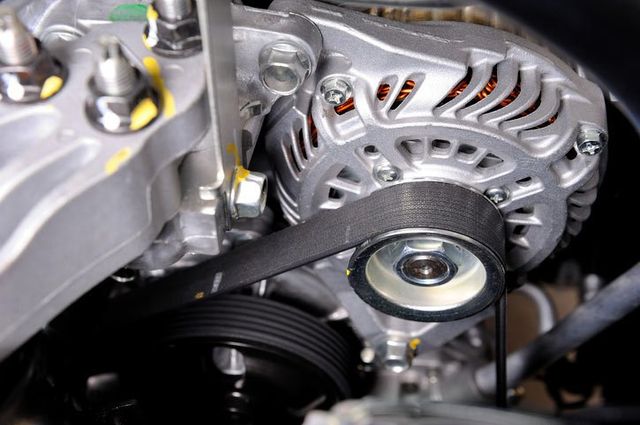
Credit: www.redfordautorepair.com
Consequences For Engine Performance
When a serpentine belt loosens, it can wreak havoc on engine performance. This vital component drives multiple accessories attached to your engine, such as the power steering pump, alternator, and air conditioning compressor. A loose belt means these systems might not operate correctly, leading to a cascade of vehicle issues. Let’s dive into specific problems caused by a failing serpentine belt.
Power Steering And Alternator Failures
A serpentine belt in sound condition is critical for the smooth function of power steering and the alternator. Once the belt starts to slack, steering can become difficult. A tell-tale sign of trouble is a steering wheel that requires more effort to turn than usual. This symptom suggests immediate attention is necessary.
- Stiff steering wheel
- Whining noise
- Battery warning light
A similar effect is seen with the alternator, which charges the battery and powers the electrical system while the engine runs. A loose belt leads to inadequate alternator function, potentially resulting in:
- Dim or flickering headlights
- Dead battery
- Vehicle stalling
If these signs surface, it’s likely time for a belt inspection and possible replacement.
Air Conditioning Malfunctions
The comfort of a car’s cabin is largely due to the air conditioning system, which also depends on the serpentine belt. Once the belt becomes loose:
| Sign | Possible Cause |
|---|---|
| Weak airflow from vents | Loose belt affecting AC compressor |
| No cool air | AC compressor not engaging |
In such cases, the AC may fail to provide the desired cooling, leading to uncomfortable rides, especially in warm weather.
A responsive maintenance approach ensures these engine performance issues are handled swiftly, restoring your vehicle’s reliability. Ignoring such warning signs can result in costly repairs and inconvenient breakdowns.
Battery And Electrical System Issues
A loose serpentine belt can lead to major battery and electric system problems. The belt powers the alternator. The alternator charges the battery. The battery runs your car’s electric system. A slip or break in the belt means trouble for these parts.
Dimming Or Flickering Lights
Headlights and dash lights may flicker or dim. This sign is often the first clue of a loose serpentine belt. The alternator struggles to keep a steady power supply. All your car’s lights need this power to shine brightly.
Inadequate Battery Charging
Your car’s battery could fail to charge properly. The serpentine belt turns the alternator. A weak belt means a weak charge. This leads to a dead battery, especially in cold weather.
- A good belt means a good charge.
- A weak belt leads to a weak battery.
- A dead battery stops your car.
.jpg&h=369&w=369)
Credit: www.mamotorworks.com
Risks To Engine Cooling And Overheating
Your vehicle’s serpentine belt is vital for a well-functioning engine. A loose serpentine belt can lead to engine overheating and increased risks on the road. Let’s understand why tension in this belt matters and how it relates to engine cooling.
Compromised Water Pump Function
A tight serpentine belt ensures the water pump works correctly. This pump circulates coolant to maintain optimal engine temperature. If the belt slips, your engine gets too hot, too fast. It’s like trying to run without enough water; you overheat.
- Erratic temperature gauge readings often hint at belt issues.
- Coolant doesn’t circulate properly, leading to hot spots and potential engine damage.
Potential For Serious Engine Damage
Overheating isn’t a minor annoyance; it’s a major threat to your engine’s health. A loose serpentine belt might mean saying goodbye to your engine sooner than expected.
| Consequence | Result |
|---|---|
| Overheating | Engine parts warp, leading to expensive repairs. |
| Poor Cooling | Increased friction and further damage to belt-related components. |
Keep an eye on that serpentine belt to ensure your engine stays cool under pressure. Remember, a stitch in time saves nine; timely maintenance can prevent serious engine trouble down the line.
Preventive Measures And Maintenance Tips
The lifespan and efficiency of a vehicle’s engine heavily rely on the serpentine belt. To avoid the array of issues a loose serpentine belt can cause, adopting certain preventive measures and maintenance tips can save both time and money. Regular checks and timely interventions ensure the serpentine belt functions optimally. Keep the engine running smoothly and avoid unexpected breakdowns with the following maintenance practices.
Regular Inspection Intervals
Consistent monitoring of the serpentine belt is crucial for early detection of wear and potential problems. Implement these steps:
- Inspect the belt visually every 3,000 to 5,000 miles.
- Look for signs of fraying, cracking, or glazing.
- Check for belt contaminants such as oil or coolant.
- Listen for unusual noises that could indicate slippage.
Proper Belt Tension And Replacement
Maintaining the correct tension is key to the serpentine belt’s functionality. Use these tips to ensure proper tension and replacement:
- Consult the vehicle’s manual for the manufacturer’s recommended tension.
- Use a belt tensioner tool to measure and adjust as needed.
- If the belt has an automatic tensioner, inspect for proper operation.
- Replace the belt every 50,000 to 100,000 miles, or sooner if needed.
- Choose quality belts that match your vehicle’s specifications.
A proactive approach to serpentine belt maintenance can prevent mechanical failures and costly repairs.
Frequently Asked Questions Of What Problems Can A Loose Serpentine Belt Cause
Can A Loose Serpentine Belt Cause Engine Damage?
A loose serpentine belt can lead to engine overheating and poor battery charging. It can also result in reduced power steering and air conditioning efficiency. Over time, these issues may cause significant engine damage.
How Does A Loose Serpentine Belt Affect Driving?
When the serpentine belt is loose, it may slip or squeal, affecting the performance of the alternator, power steering, and AC compressor. This can lead to steering difficulties, electrical issues, and temperature regulation problems while driving.
What Are Signs Of A Bad Serpentine Belt?
Signs of a bad serpentine belt include squealing noises, visible belt wear or fraying, power loss, illuminated battery warning light, and engine overheating. If you spot these symptoms, inspect the belt promptly.
How Often Should A Serpentine Belt Be Replaced?
Typically, a serpentine belt should be replaced every 60,000 to 100,000 miles. However, it’s wise to regularly inspect the belt for wear and to follow the manufacturer’s recommendation for your specific vehicle.
Conclusion
A loose serpentine belt is more than a slight inconvenience. It jeopardizes vehicle performance and can lead to costly damage. Regular maintenance checks are vital to prevent the cascade of issues that arise from belt failure. Address serpentine belt concerns promptly to ensure your car runs smoothly and reliably.
Keep your engine happy; don’t overlook belt health.

